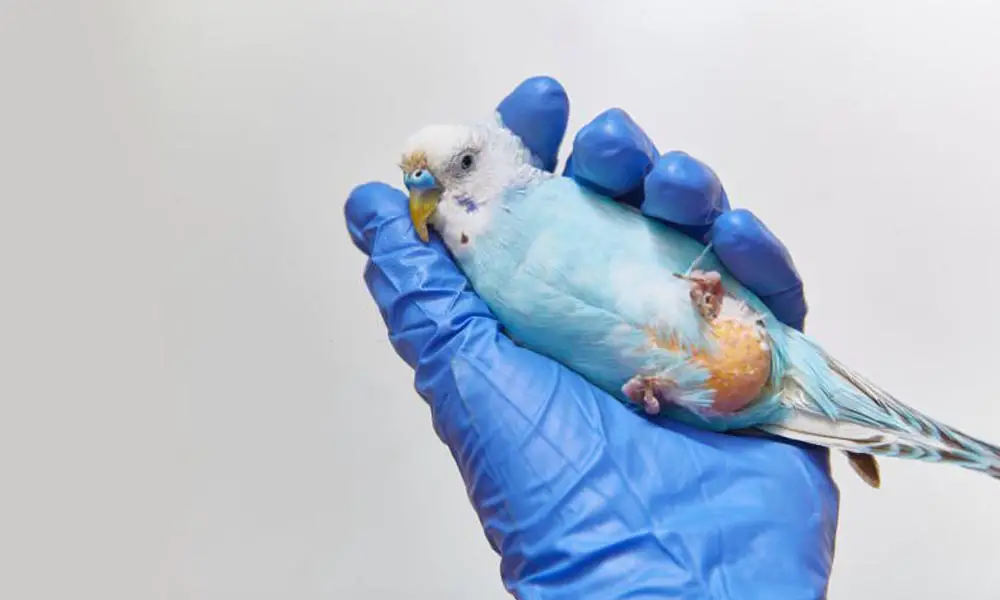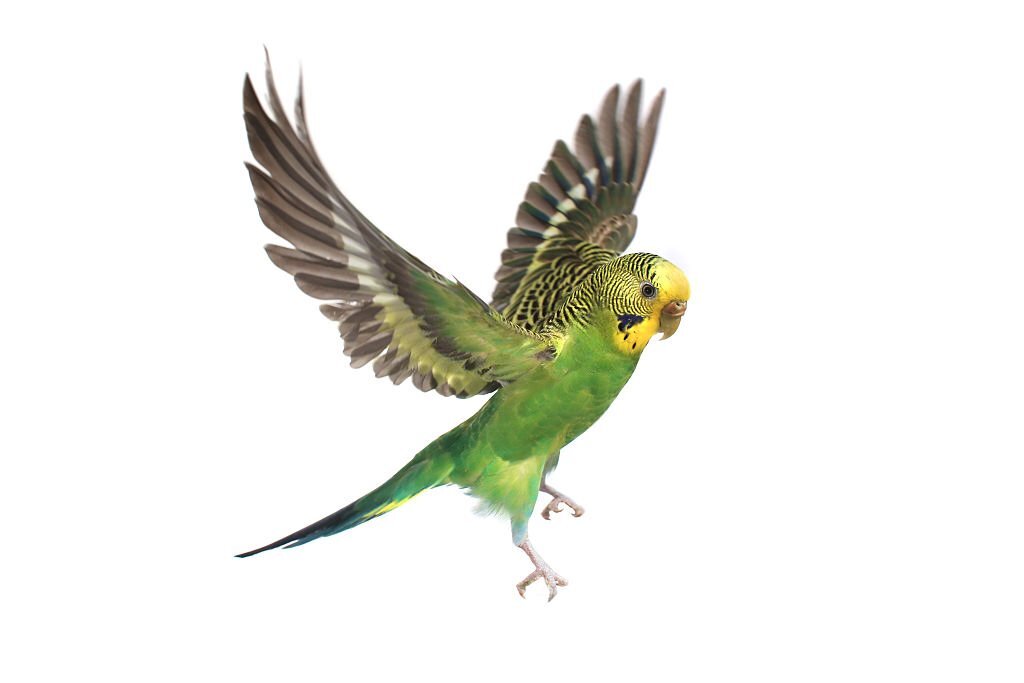Budgerigars, those pint-sized parakeets with personalities as colorful as their plumage, are cherished companions for many avian enthusiasts. Yet, there’s a subtle indicator of their well-being that often goes unnoticed – the color of their noses, or as bird enthusiasts refer to it, the “cere.” In this exploration, we embark on a journey to demystify the enigmatic question: “Why Is My Budgies Nose Brown?”
As a responsible budgie owner, your quest for understanding their health begins with recognizing the significance of their ceres. This tiny feature, often overlooked, holds vital clues about your budgie’s overall condition. In the following pages, we will unravel the mysteries behind this intriguing phenomenon. We will shed light on the 4 main factors that can cause a budgie’s nose to turn brown and, more importantly, how you can ensure your budgie’s well-being.

Contents
Discovering Normal Budgie Nose’s Color
Before we explore why your budgie’s nose might turn brown, let’s establish what a normal and healthy budgie nose looks like. Typically, a healthy budgie’s nose, also known as the cere, appears smooth, clean, and free from discoloration. Because the cere’s color varies based on the budgie’s age and gender. Males typically have blue or purplish ceres, while females have brown or beige ceres. Juvenile budgies, regardless of gender, have pinkish ceres that eventually mature into their gender-specific colors as they grow older.
Understanding these normal variations is crucial because it allows you to recognize when something might be amiss with your budgie’s nose.
Common Causes of Why Is My Budgies Nose Brown
Many people will worry when their budgie’s nose turns brown. Does your beloved budgie have any health problems? Calm down! We will find out why a budgie’s nose turns brown. Only then can we draw conclusions and take appropriate measures.
Dust and Dirt
Budgies are curious creatures, and their inquisitiveness can lead them to explore their surroundings. Dust and dirt particles in their environment can accumulate on their cere, causing it to appear brownish. This is especially common if you have placed their cage near a dusty area, such as near a window or in a room with poor ventilation.
How budgies can get dust on their noses:
- Exploring dusty corners of the cage
- Nesting materials containing dust
- Proximity to dusty windows or ventilation sources
Effects on health:
- Mild irritation
- No serious health risks if promptly addressed
Feeding Habits
A budgie’s diet plays a significant role in its overall health, including the color of its cere. In some cases, a brown nose can be attributed to the budgie’s diet. For instance, if your budgie’s diet is deficient in essential nutrients, it may develop a discolored cere. Nutritional deficiencies can lead to various health issues beyond just the color of the nose.
Diet-related factors contributing to a brown nose:
- Lack of vitamins and minerals
- Poor-quality food
- Inadequate variety in the diet
Nutritional deficiencies:
- Skin and feather problems
- General health decline
Health Issues
A brown nose can also be an indicator of underlying health problems. Respiratory issues, fungal infections, and infestations by mites or parasites can all affect the cere’s color. These health issues can be more serious than dust or dietary factors and may require prompt veterinary attention.
Respiratory problems:
- Sneezing, coughing, and nasal discharge
- Labored breathing
Fungal infections:
- Abnormal cere texture
- Changes in the cere’s color
Mites and parasites:
- Itching, scratching, or discomfort
- Visible parasites on the cere
Aging
As budgies age, their ceres can change in color naturally. Young budgies typically have pink ceres that develop into their gender-specific colors as they mature. As they get older, the color can sometimes fade or become less vibrant, which might give the appearance of a brownish hue. This change is a normal part of the aging process and is not typically a cause for concern.
Natural changes in budgie nose color with age:
- Fading or dulling of color
- Gradual transition over time
When to be concerned:
- If other symptoms or health issues are present
How to Prevent and Manage a Brown Nose in Budgies

Now that we’ve explored the various causes of the question “Why is my budgies nose brown?”, let’s discuss how you can prevent and manage this issue to ensure your feathered friend remains healthy and happy.
Regular Cleaning and Maintenance:
- Cage cleaning: Ensure your budgie’s cage is regularly cleaned to minimize dust and dirt accumulation. Use safe cleaning products that won’t harm your pet.
- Bathing: Encourage your budgie to bathe regularly. Some budgies enjoy a shallow dish of water, while others may prefer a misting spray. Cleanliness can help keep their cere clear.
Proper Diet and Nutrition:
- Ideal budgie diet: Offer a well-balanced diet that includes high-quality commercial budgie food, fresh vegetables, and occasional fruit treats. Consult with a veterinarian or avian specialist for dietary advice.
- Supplements and vitamins: If your budgie has a history of nutritional deficiencies, consider adding avian-specific supplements to their diet under the guidance of a vet.
Monitoring and Early Detection:
- Signs of health issues: Keep an eye out for other signs of illness, such as changes in behavior, appetite, or feather quality. If you notice anything unusual, consult a vet promptly.
- Veterinary care: Schedule regular check-ups with an avian veterinarian to monitor your budgie’s health and catch any potential issues early.
Tips for Budgie Owners:
- Research and education: Continuously educate yourself about proper budgie care. Understanding their needs and behaviors is essential for their well-being.
- Enrichment: Provide mental and physical stimulation through toys, perches, and interaction to keep your budgie happy and engaged.
Read More: Why Is My Budgies Tail Bobbing? Understand Your Beloved Budgies
Conclusion
To answer the question “Why Is My Budgies Nose Brown?”, a brown nose can have 4 main causes:
- Environmental factors
- Feeding habit
- Health issues
- Aging
In summary, your budgie’s nose color can reveal a lot about its health, and being a responsible budgie owner means paying attention to these subtle signs. With proper care and vigilance, you can ensure your feathered friend remains in optimal health.
Remember to maintain a clean environment, provide a balanced diet, monitor your budgie’s overall health, and seek professional veterinary care when needed. By following these guidelines and staying attuned to your budgie’s needs, you can enjoy many happy and healthy years with your beloved avian companion.







